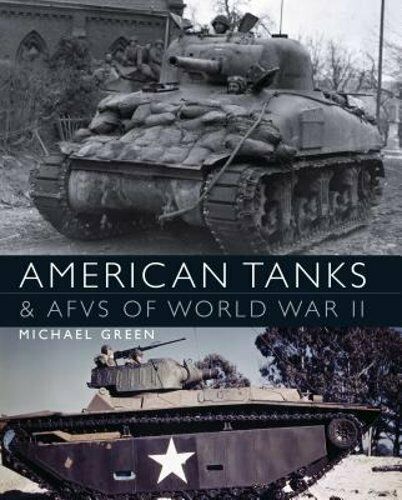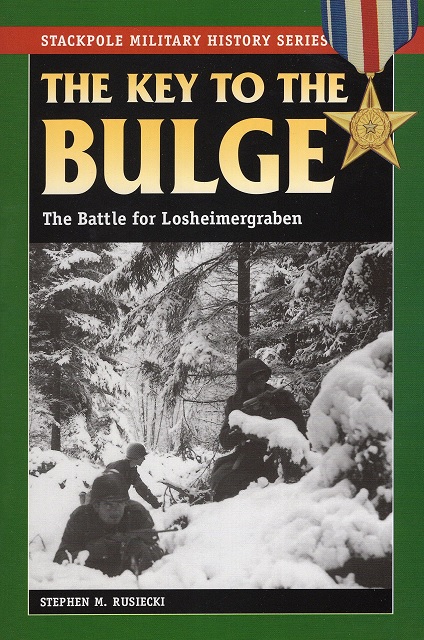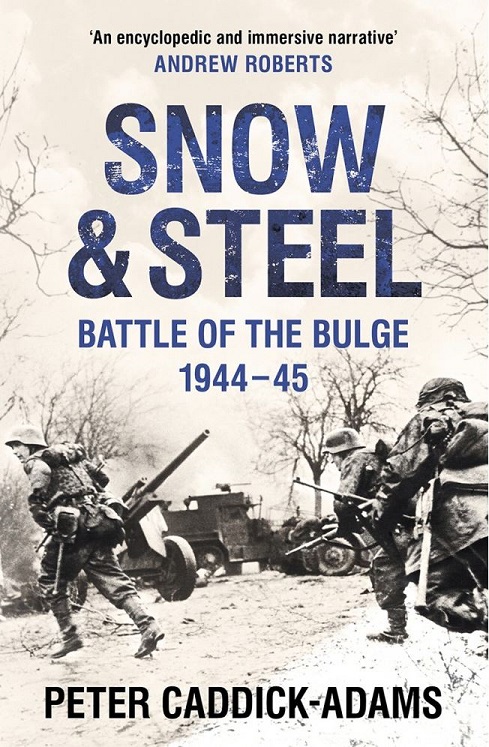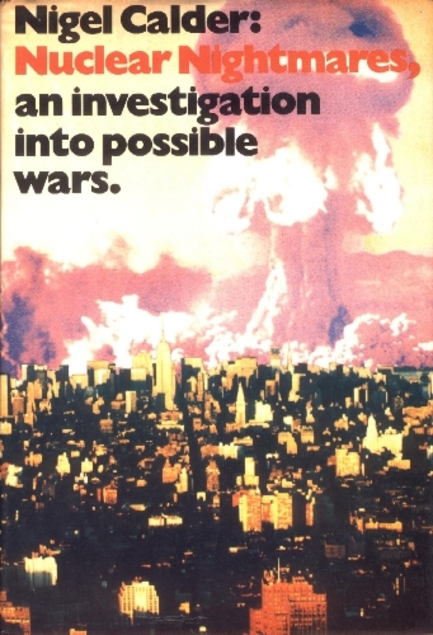Somebody on Twitter pointed me towards Third World War 1987 where one Mike has been doing his own version of Red Storm Rising by blogging a day to day account of what WWIII could’ve been like in 1987. It started in 2017 and he’s currently up to D+22, not even a month into the fighting. I admire his dedication and this sort of thing is right up the alley of an eighties kid like me. However, it does look like the way he and I experienced growing up under the shadow of nuclear annihilation was very different:
As a young boy growing up in the 80s, the idea of large armies and fleets engaging in titanic battles to decide the fates of nations never failed to get my heart pumping, or inspire my imagination. I played soldier along with the rest of the neighborhood kids. With our trusty plastic toy M-16A1s and AK-47s we staged late night raids on neighboring developments in the summertime, and fought endless small unit actions amid the 7-11s, schools, parks, and strip malls that made up the suburban landscape of Central New Jersey circa 1983-88. I dare say that we (Generation X) were more imaginative, and better-informed children than were those who came after us, although this might not be an entirely fair comparison.
I’m not sure it’s more imaginative or better-informed to think of WWIII as some exciting adventure rather than as of you slowly dying of radiation poisoning, but that might just be the difference between growing up in America versus Europe. What I remember where the endless nuclear nightmares I had, which only abated after Gorbachov came to power and it seemed at least one side had a sensible leader in command. I do understand the allure of all the fascinating weaponry and such, but I can’t remember ever playing WWIII like he describes. That only became appealing once the threat of it actually happening receded. Another difference:
My friends and I knew the Russians were the bad guys. Maybe we didn’t fully grasp what that meant, but we incorporated the evil communist enemy into our neighborhood battles. Good vs Evil. Eagle vs Bear. Sam vs Ivan.
This is completely alien to me. My biggest worry always was that Ronald Reagan one day would confuse his nuke with his nurse button. It was never a fight of good vs evil so much as two groups of elderly, mentally deteriorating men with their fingers on the button who might accidentally blow up the world. I never really believed in the underlying assumptions behind Third World War 1987 or most other WWIII what-ifs: that a) the war would be started as a deliberate act of aggression and b) that this would’ve been done by the Soviets. The Able Archer scenario — where one side would up the rhetoric and aggression but not intend to start a war, but the other side misreads the situation — always seemed more likely to me.
And history has proven me right. Even during its greatest existentialist crisis, the USSR chose to dissolve rather than start WWIII. You can say about the Soviet leadership what you want, but all the crisis points NATO worried about in the early eighties — the death of Tito, the war on Afghanistan movign into Pakistan, martial law in Poland — never led to Soviet military adventurism. And when the much larger crisis struck the Warsaw Pact countries in 1989 – 1991 their leadership was made clear it was their problem to solve. In the end the USSR choose a peaceful end to the Cold War over its own existence. I won’t make comparisons to current Russian leadership, but yeah.
If you’re of a similar age to me and have kept that fascination with WWIII since childhood, this site is great fun but keep in mind that it is and was an extremely unlikely scenario. If you want to be retroactively reassured nuclear war was never on the table, read this oral retrospective on the Cold War (PDF) held between various ex-Warsaw Pact and NATO bigwigs, all convinced it never would’ve happened.



